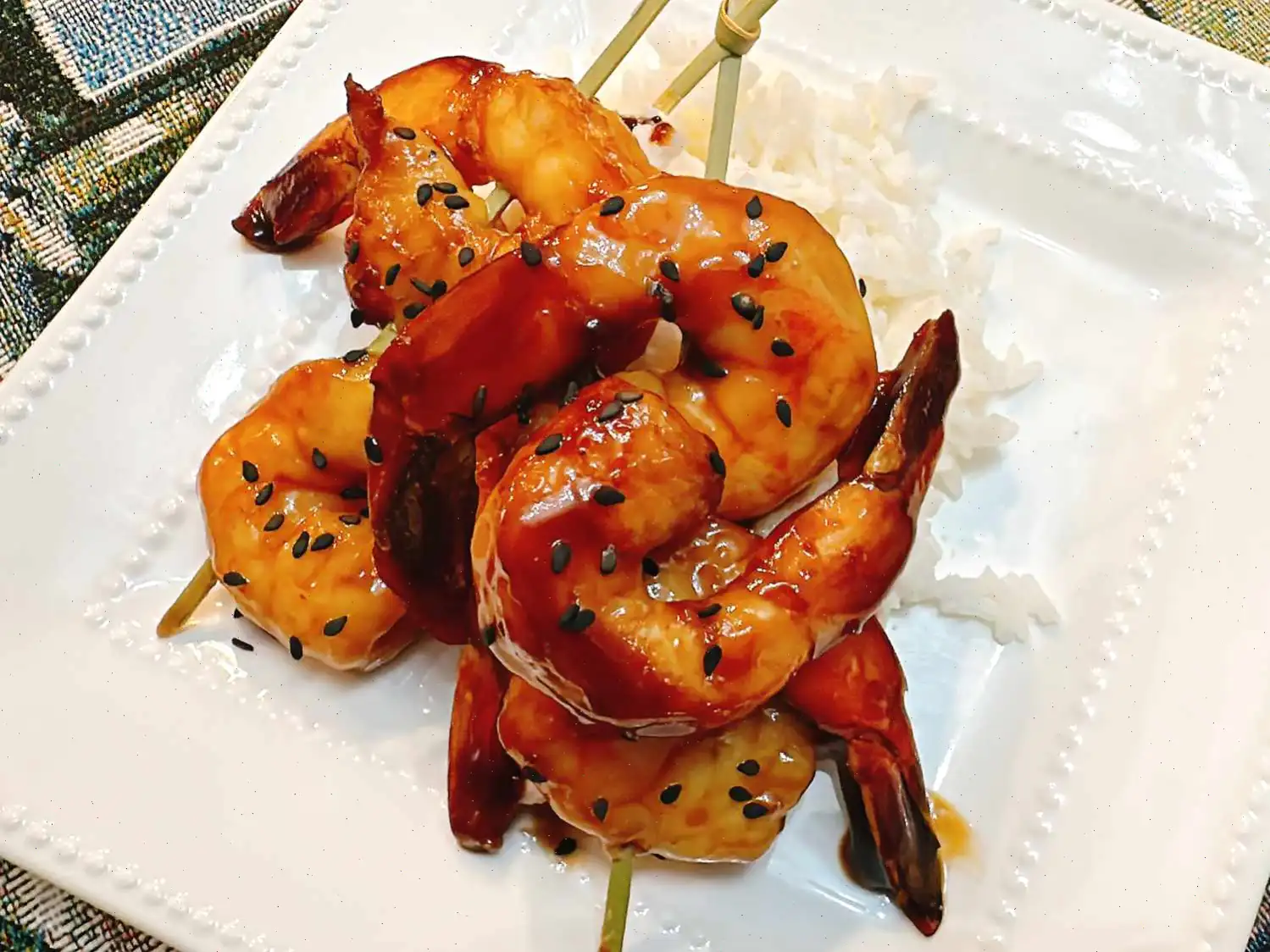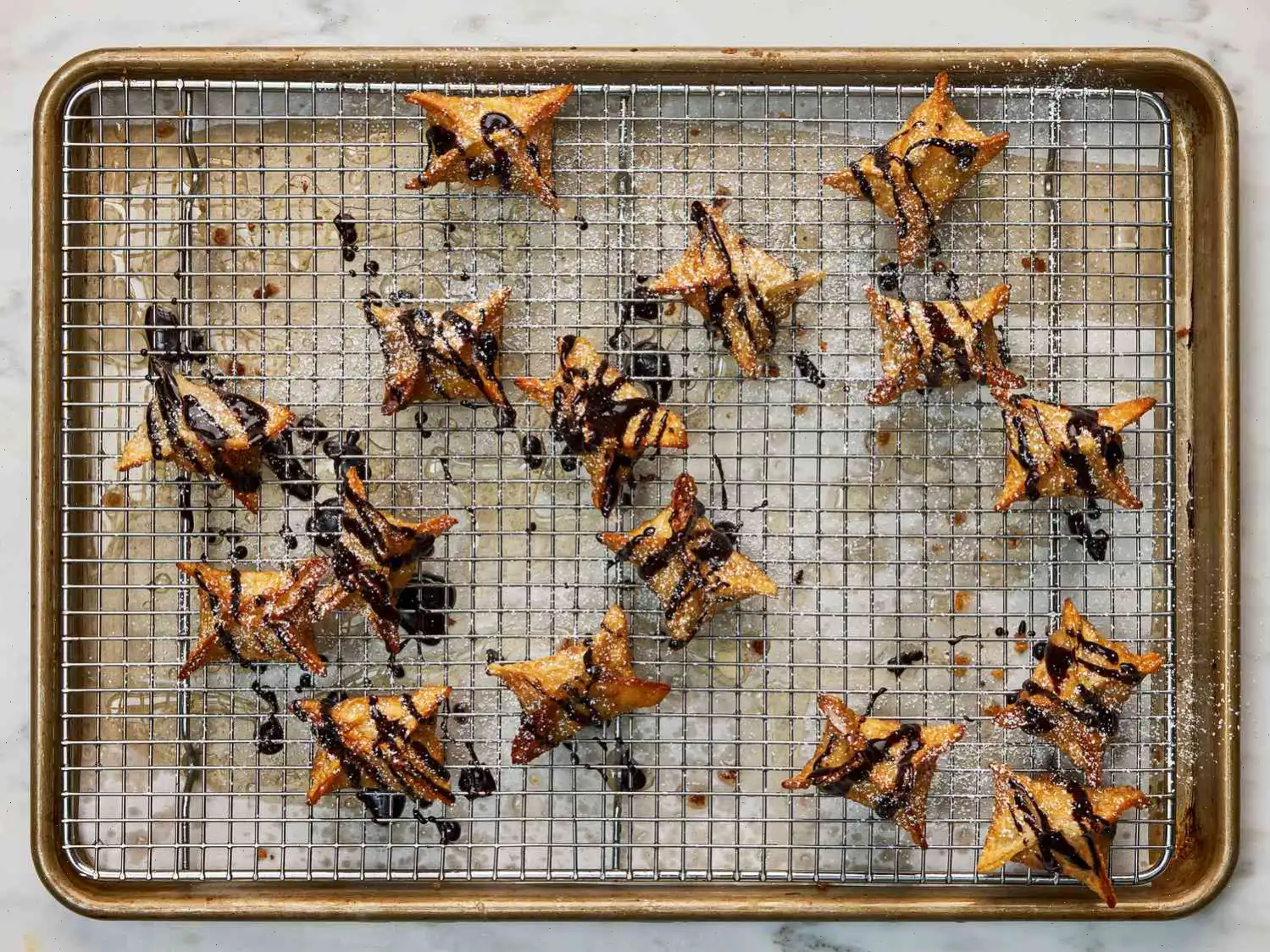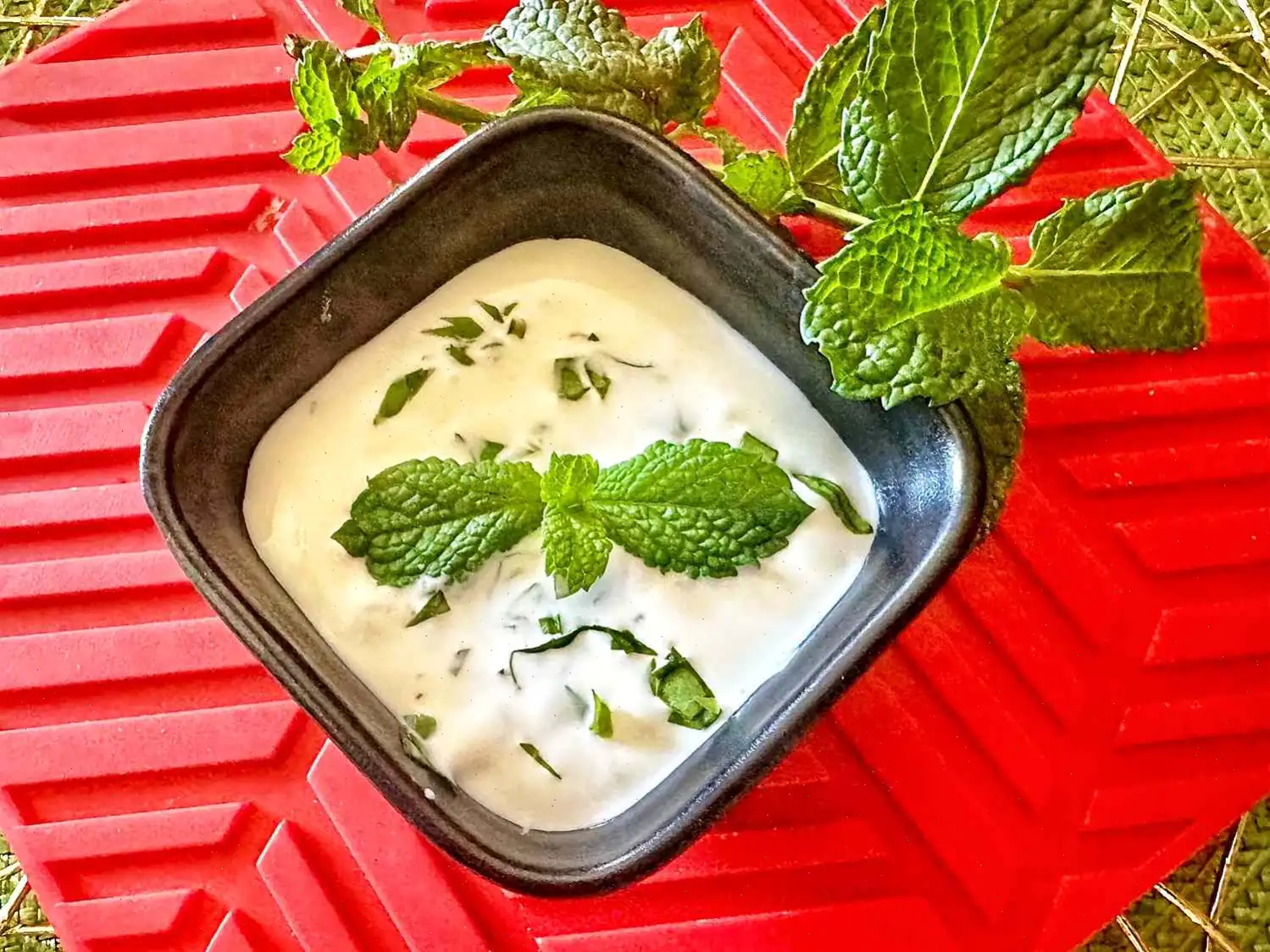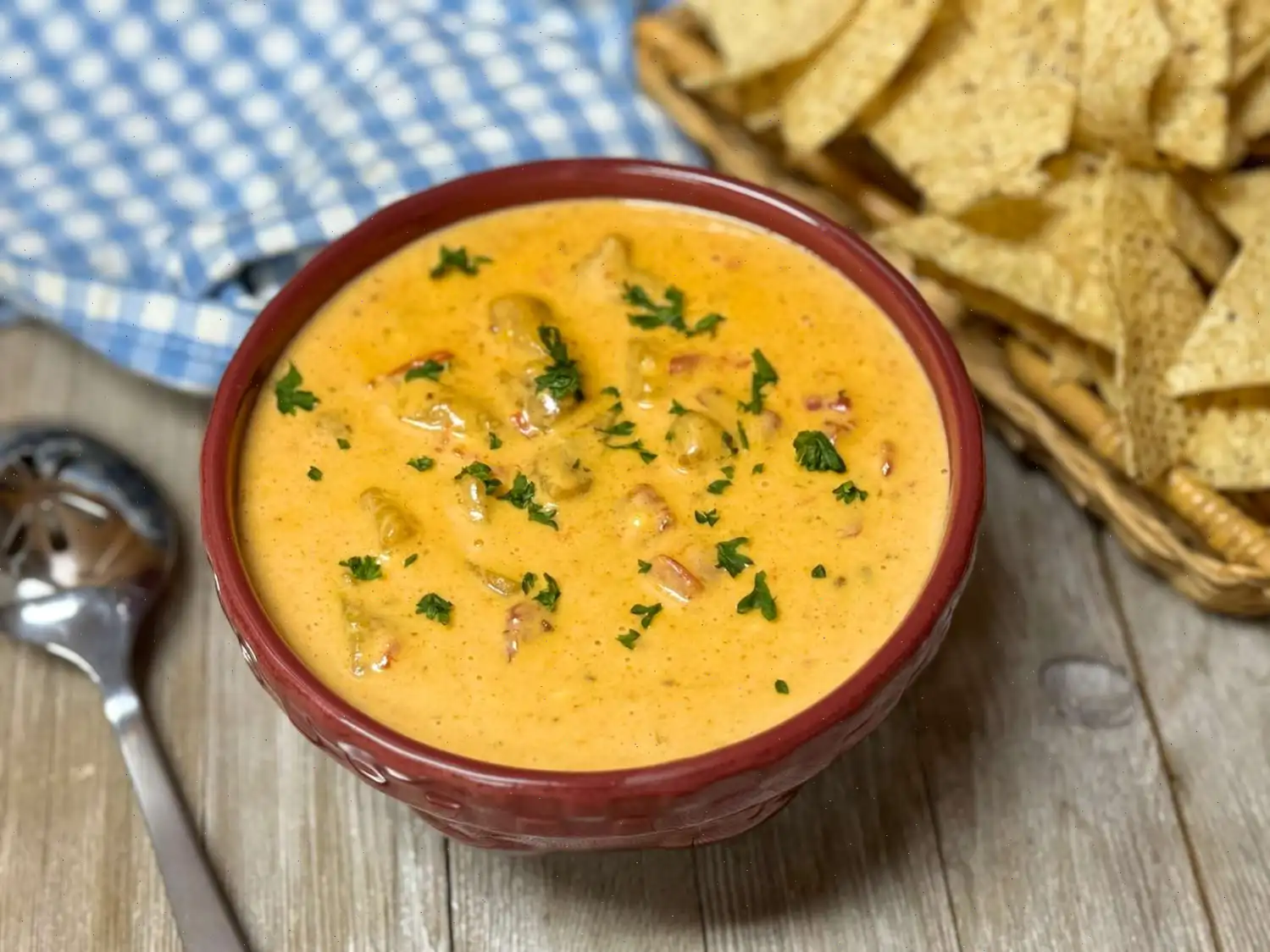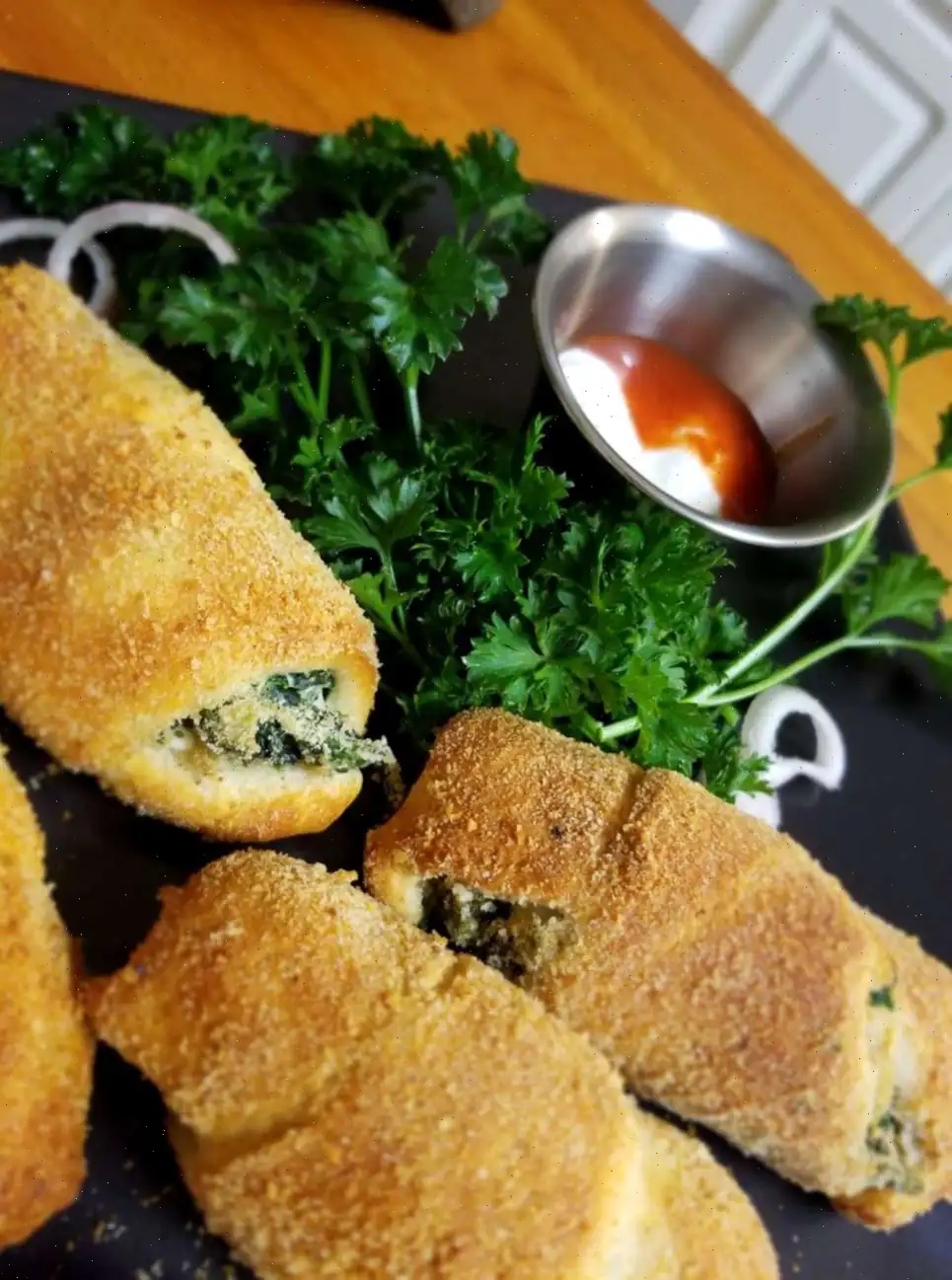
Hot Honey Shrimp Recipe
Shrimp in Sweet Soy Sauce
This delicious shrimp dish combines savory and sweet flavors with a rich, thick sauce. Perfectly cooked shrimp are coated in a glossy, flavorful sauce made with soy, honey, and ginger. Serve this dish as an appetizer or over rice for a complete meal.
Ingredients
- Sauce:
- 1/2 cup reduced-sodium soy sauce
- 2 tablespoons brown sugar
- 2 tablespoons rice vinegar
- 1 tablespoon hot honey (such as Mike's), or to taste
- 1/4 teaspoon ground ginger
- 1 teaspoon minced garlic
- 1 teaspoon sesame oil
- 1/4 cup water
- 1 tablespoon cornstarch
- Shrimp:
- 1 pound colossal shrimp, peeled and deveined
- Salt and freshly ground black pepper, to taste
- 2 teaspoons vegetable oil
- 1 tablespoon black sesame seeds
Directions
- In a small bowl, combine soy sauce, brown sugar, rice vinegar, hot honey, ground ginger, minced garlic, sesame oil, water, and cornstarch. Stir well until everything is fully incorporated. Set aside.
- Pat the shrimp dry with a paper towel and season with salt and pepper on both sides.
- Heat a skillet over medium-high heat. Once the pan is hot, add the vegetable oil. When the oil is shimmering, add the shrimp to the skillet.
- Cook the shrimp for about 3 minutes, until the tails begin to curl. Flip the shrimp halfway through cooking.
- Pour the sauce into the skillet with the shrimp. Bring to a simmer and let it cook for another 2 minutes, or until the shrimp are bright pink and opaque, and the sauce has thickened slightly.
- Sprinkle the dish with black sesame seeds and serve immediately.
Nutrition Facts (Per Serving)
| Nutrition | Amount | % Daily Value |
|---|---|---|
| Calories | 121 | |
| Total Fat | 3g | 4% |
| Saturated Fat | 1g | 3% |
| Cholesterol | 120mg | 40% |
| Sodium | 1149mg | 50% |
| Total Carbohydrate | 8g | 3% |
| Dietary Fiber | 0g | 1% |
| Total Sugars | 5g | |
| Protein | 15g | 29% |
| Vitamin C | 0mg | 0% |
| Calcium | 70mg | 5% |
| Iron | 1mg | 3% |
| Potassium | 165mg | 4% |
History and Origins of Hot Honey Shrimp
Hot Honey Shrimp is a contemporary dish that reflects the growing trend of blending sweet and spicy flavors in modern American cuisine. Its origins can be traced back to the early 21st century when chefs began experimenting with honey infused with chili peppers, a combination that was initially popularized in New York City and other culinary hubs. The dish itself draws inspiration from traditional Asian shrimp preparations, particularly those in Chinese and Southeast Asian cuisines, where shrimp is often paired with sweet sauces, soy, and aromatic spices. By introducing hot honey, the dish gained a distinct American twist, balancing heat with natural sweetness.
Regional Variations
While Hot Honey Shrimp is predominantly served in the United States, regional adaptations have emerged. In the southern states, chefs often add a smoky paprika or cayenne to enhance the heat, creating a deeper flavor profile reminiscent of Southern barbecue sauces. On the West Coast, some variations incorporate fresh citrus like lime or orange to add brightness, while coastal cities with access to fresh seafood might serve the shrimp with local rice or seasonal vegetables. Each region emphasizes a slightly different balance of sweet, spicy, and savory elements, making every version unique.
Differences from Similar Dishes
Hot Honey Shrimp is distinct from other sweet-and-spicy shrimp dishes such as Honey Garlic Shrimp or General Tso's Shrimp. Unlike Honey Garlic Shrimp, which relies primarily on garlic and honey for flavor, Hot Honey Shrimp emphasizes the subtle yet impactful heat from chili-infused honey. General Tso's Shrimp, on the other hand, is heavier on soy sauce, vinegar, and deep-fried textures, while Hot Honey Shrimp usually features lightly sauted or pan-seared shrimp with a glossy, sticky sauce. This makes it both lighter and quicker to prepare, with a more pronounced balance between sweet and spicy notes.
Typical Serving Context
Hot Honey Shrimp is versatile in its presentation. It is often served as an appetizer at restaurants and casual dining spots, sometimes presented on skewers or in small plates for sharing. In home kitchens, it is commonly paired with jasmine rice, stir-fried vegetables, or even noodles, making it a quick weeknight dinner option. Some trendy eateries serve it over a bed of greens or quinoa, highlighting the dish as a flavorful, protein-rich choice for lunch or dinner.
Interesting Facts
- Hot honey as a culinary ingredient gained widespread popularity after specialty brands like Mike's Hot Honey introduced it in 2010, sparking a wave of sweet-and-spicy recipes.
- Black sesame seeds, often used as a garnish, not only add visual contrast but also contribute a subtle nutty flavor that complements the shrimps natural sweetness.
- The dish can be adapted for dietary preferences: using gluten-free soy sauce or omitting cornstarch creates a version suitable for gluten-sensitive diners.
- Despite its modern origins, the concept of combining honey and chili dates back centuries in various Asian and Mediterranean cuisines.
- Its simplicity and quick preparationtypically under 15 minuteshave made Hot Honey Shrimp a popular choice for both weeknight meals and party appetizers.
FAQ about Hot Honey Shrimp Recipe
Comments
Victoria Roberts
12/13/2022 04:50:05 AM
I am constantly searching for delicious recipes to try during Eastern Orthodox fasting periods. This one was not only quick and easy to make, but my family absolutely loved it served over jasmine rice and peas. I didn't have hot honey on hand, so I improvised by mixing honey with a bit of sriracha. I also swapped out cornstarch for 2 teaspoons of arrowroot powder, used a 12oz bag of pre-cooked small shrimp, and skipped the cooking oil. This dish has definitely earned a spot in our fasting period meal lineup!


